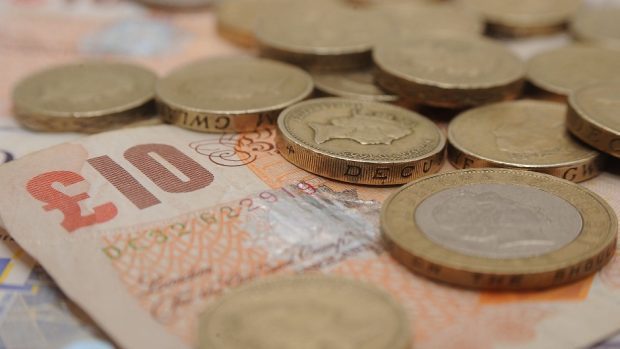There are many factors which will affect the profitability of farming in 2016 but none will be as influential as the exchange rate between the euro and sterling.
That is the firm belief of Graham Redman of Andersons Consultants.
In the firm’s annual outlook publication Mr Redman says: “This exchange rate is the biggest single determinant of UK farm profitability. A strong pound disadvantages exports to Europe, the destination of 75% of all exported agricultural produce.
“Put simply the nearer the exchange rate is to parity, the better it is for farming. So having an exchange rate nearer to 70p per euro rather than 90p is not good for our sector.”
To make matters worse Mr Redman and his colleagues at Andersons’ Melton Mowbray head office are not forecasting a swift return to a weak pound in the short or medium term.
The only wild card which might change this would be a UK vote to leave the EU.
In the meantime Andersons, which advises agricultural businesses throughout the UK, is using an exchange rate of 75p per euro for all 2016 projections.
Mr Redman acknowledges that borrowing costs may also rise but sees this as exerting far less downward pressure on farm profitability than exchange rate.
He does however see some good news for agriculture thanks to the recovery in the domestic economy.
“The UK economy is back in growth and this means we are selling into a wealthier marketplace. It is now back to the size it was in 2007,” he said.
UK GDP growth was 2.8% in 2014 compared to 1.9% in 2013 and 0.3% in 2012. Forecasts suggest the growth figure for 2015 will be 2.6%.
As a counter to this relatively healthy domestic news Mr Redman points to the fragile global economy.
The slowdown in China has been well documented and while the country is still in growth the reduced trajectory is having a huge impact.
“High inflation, an ageing population and over-capacity in many parts of the economy are hurting China,” said Mr Redman.
“In comparison the markets barely flinched when the possible exit of Greece from the eurozone was in the headlines, possibly because the City simply didn’t believe it would happen.”
